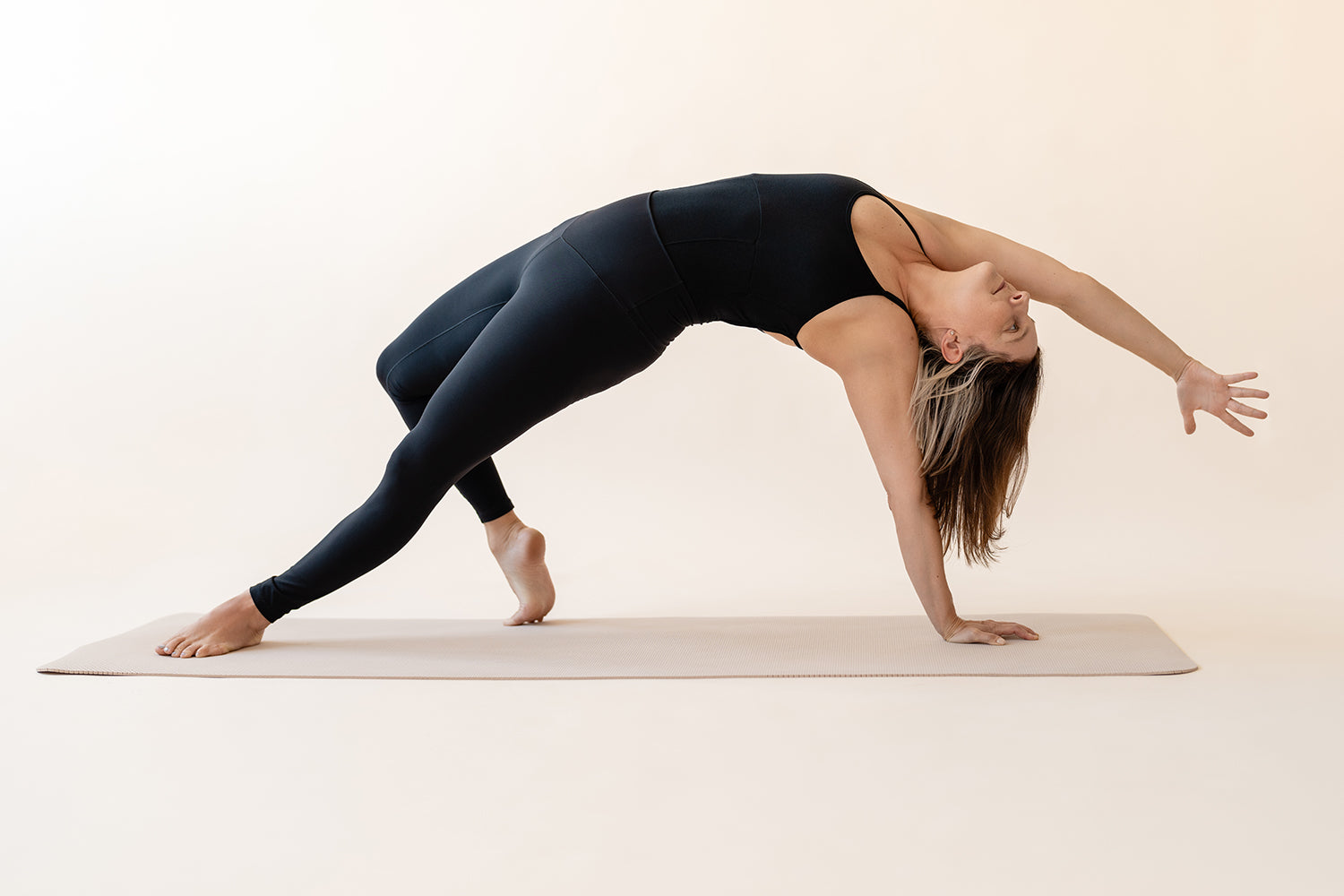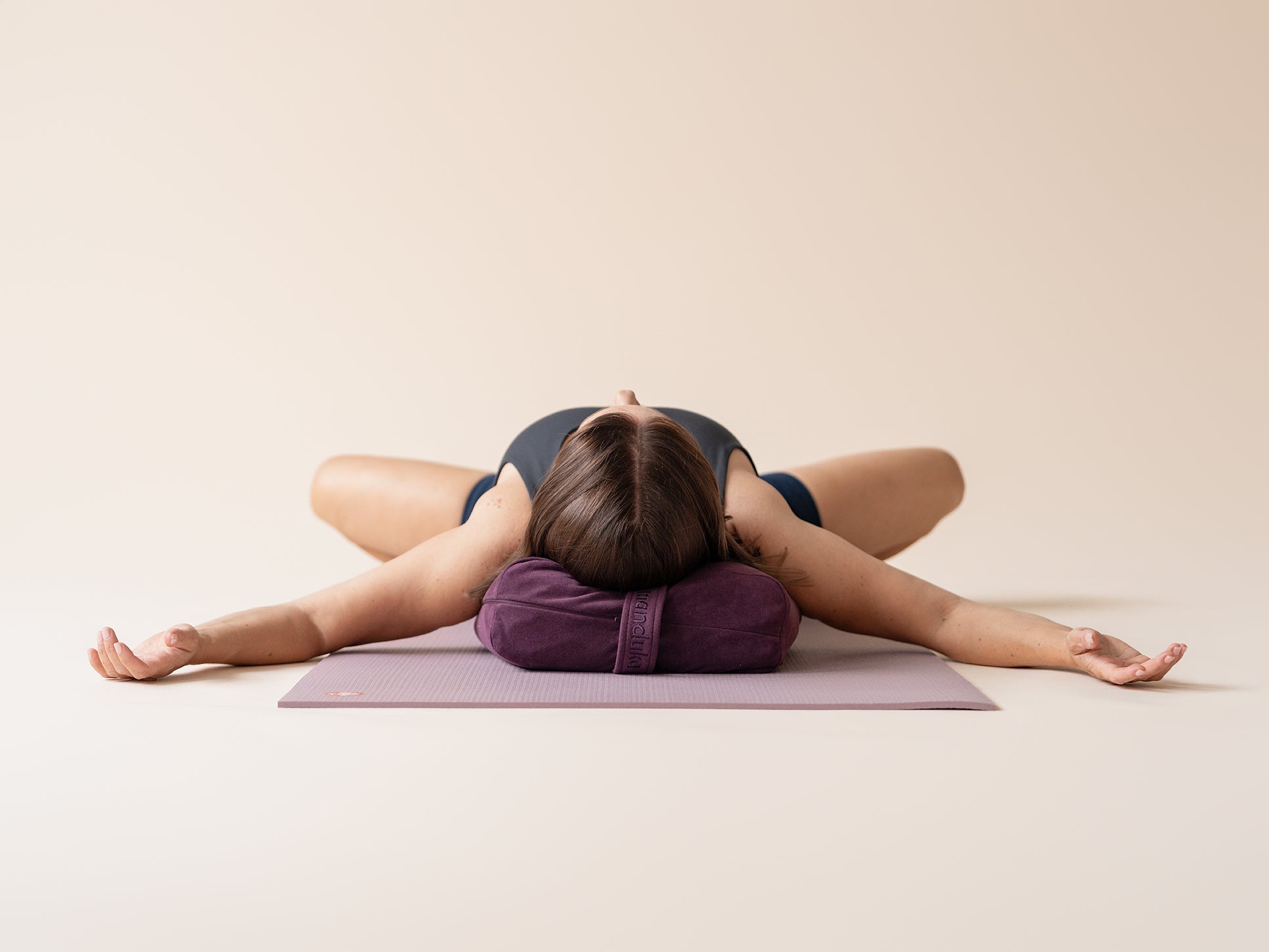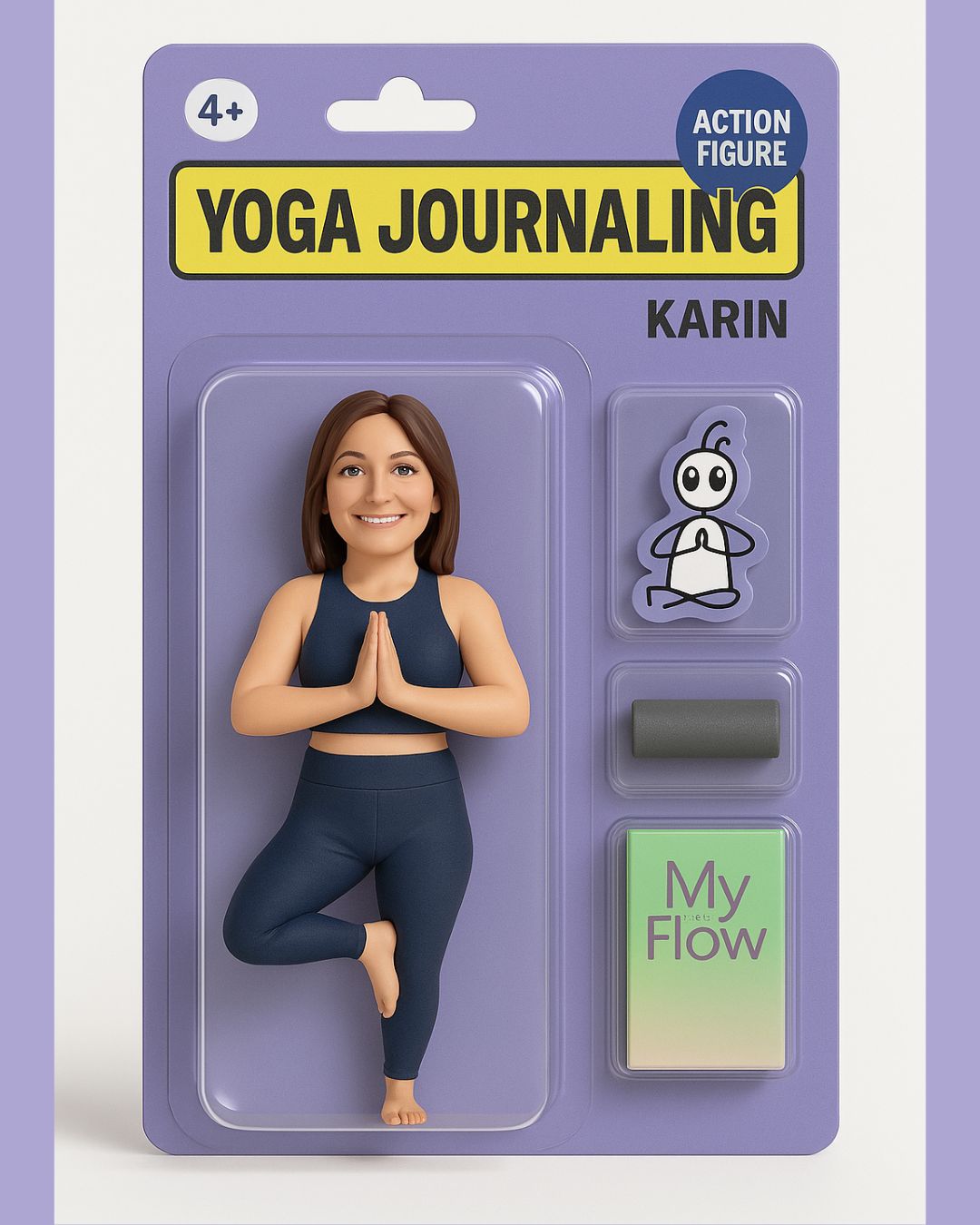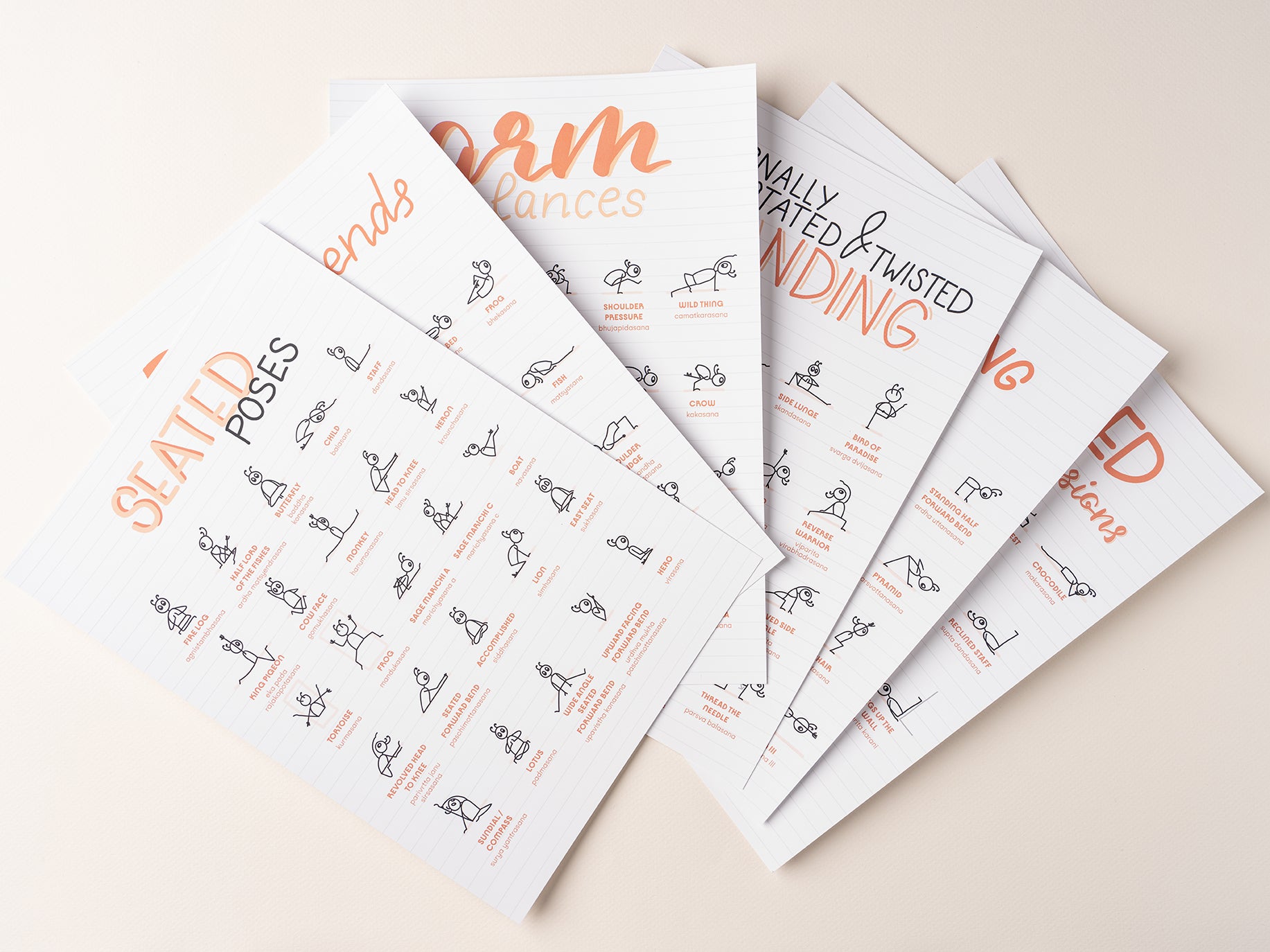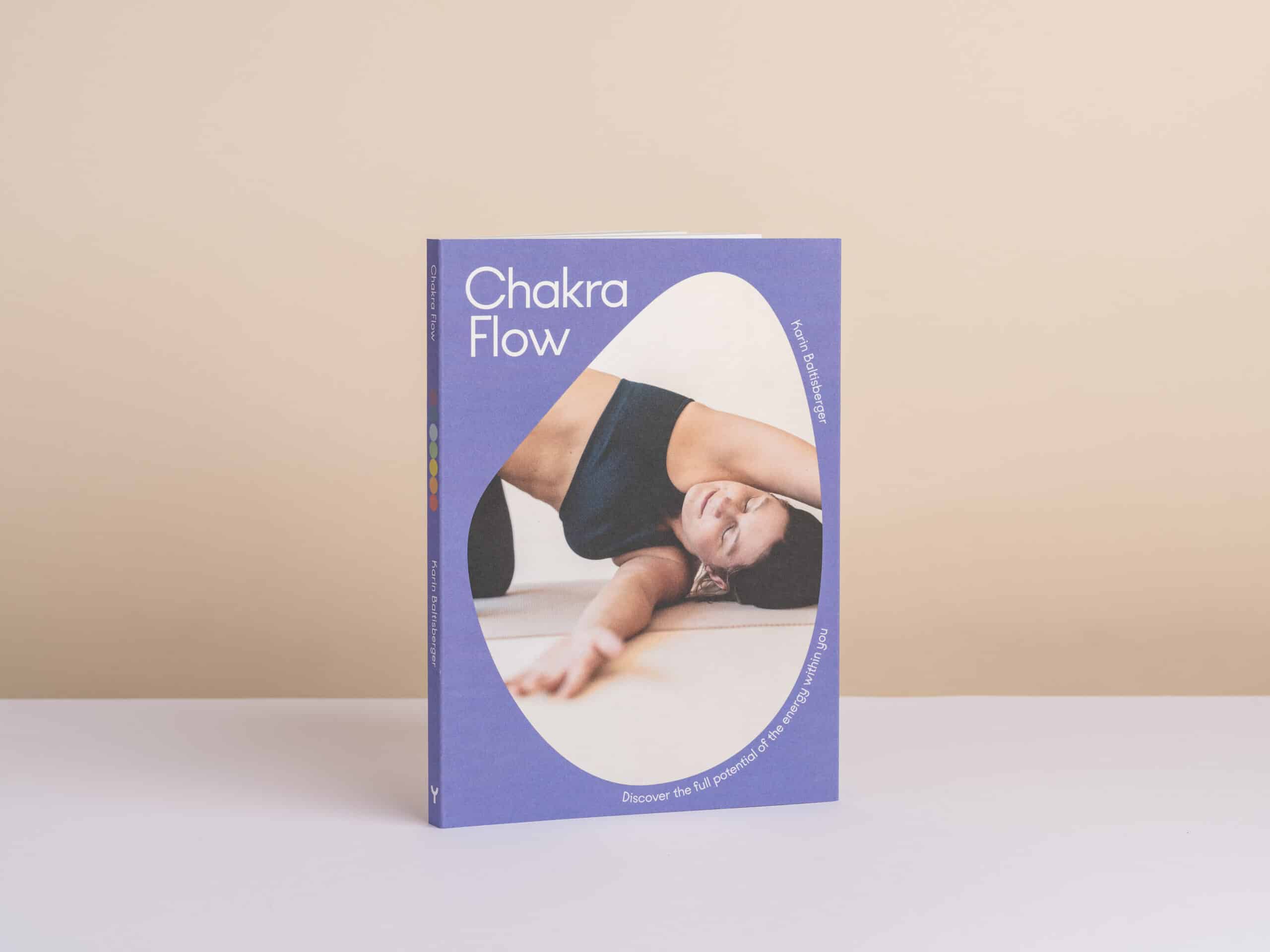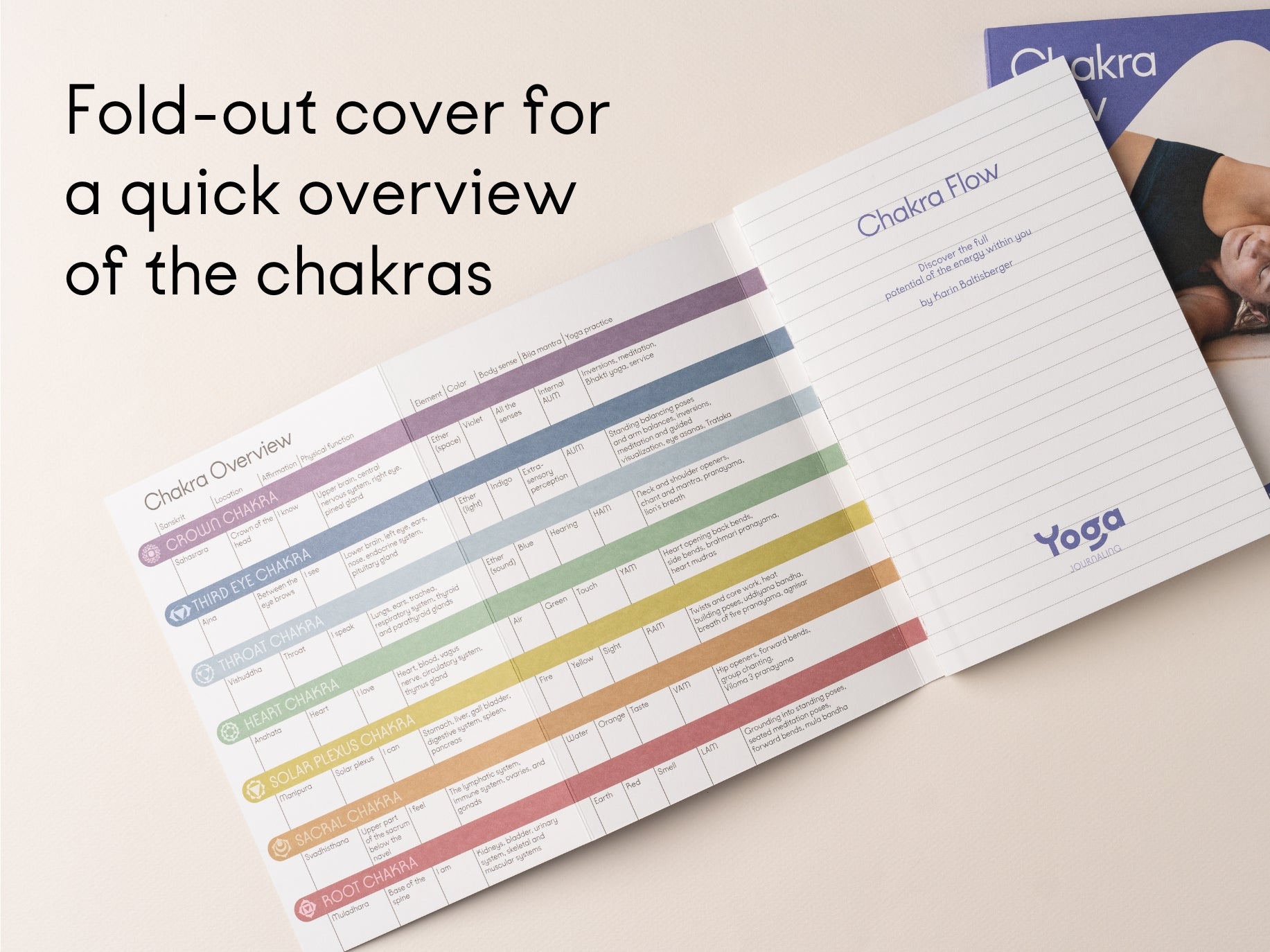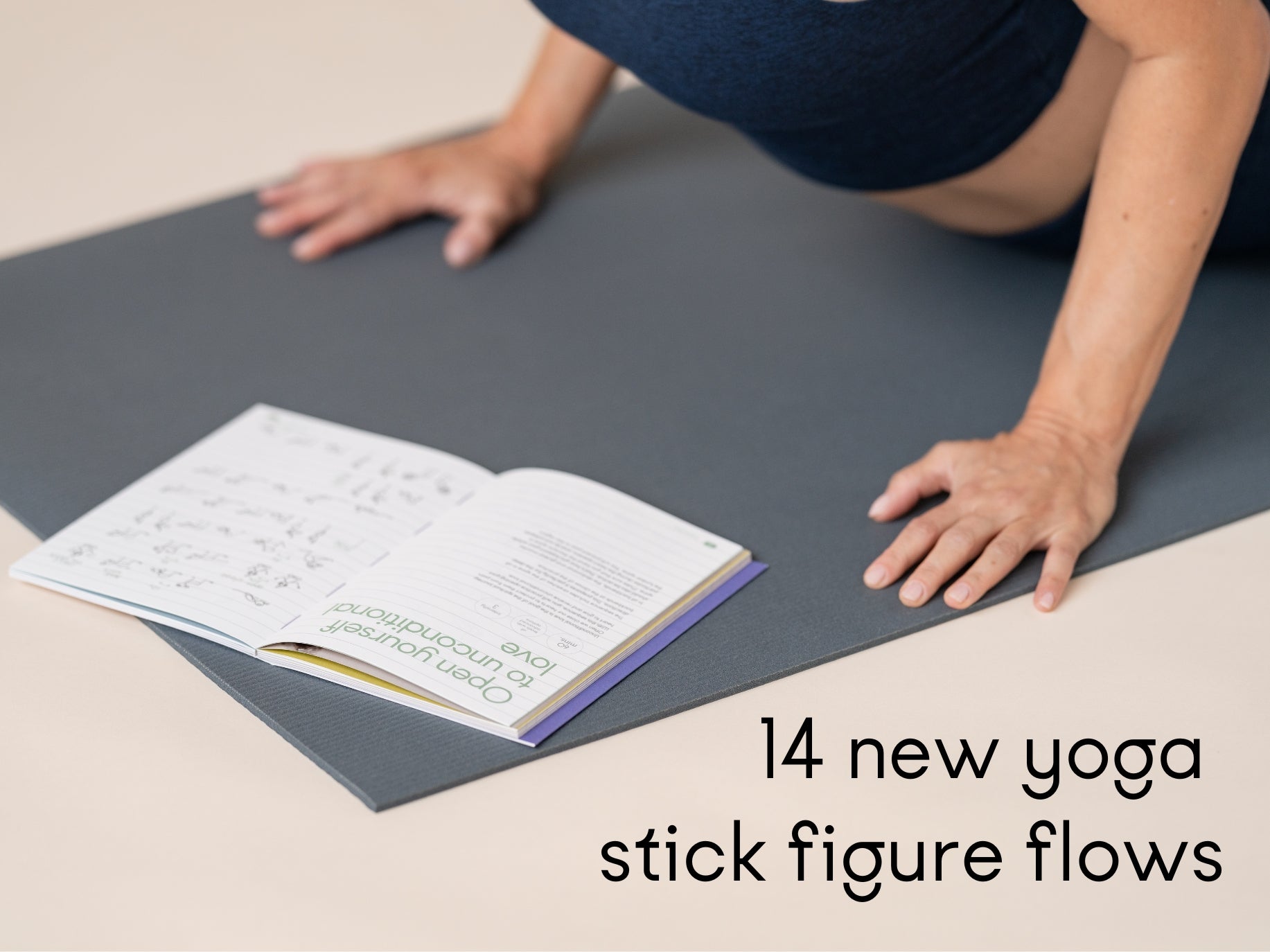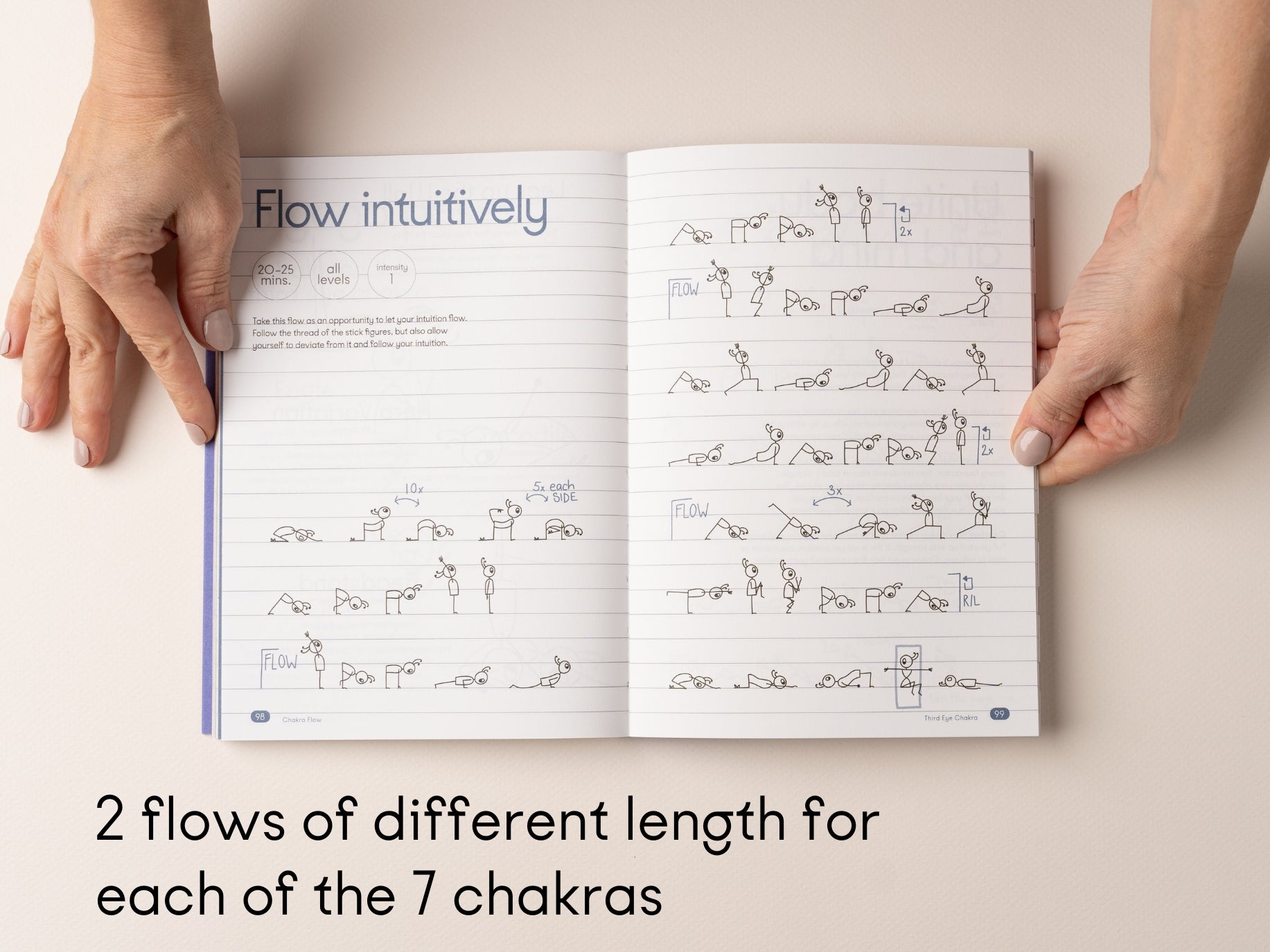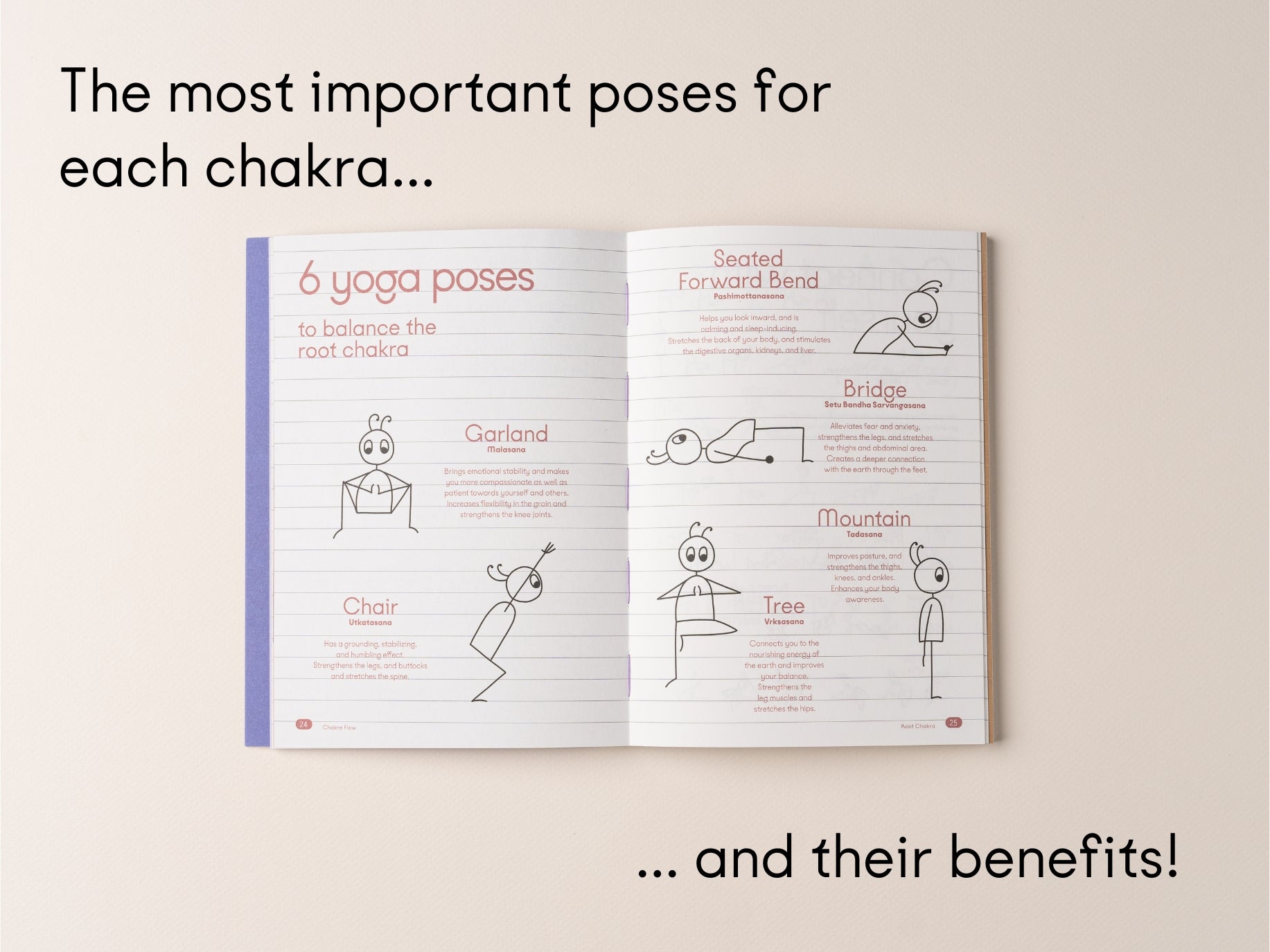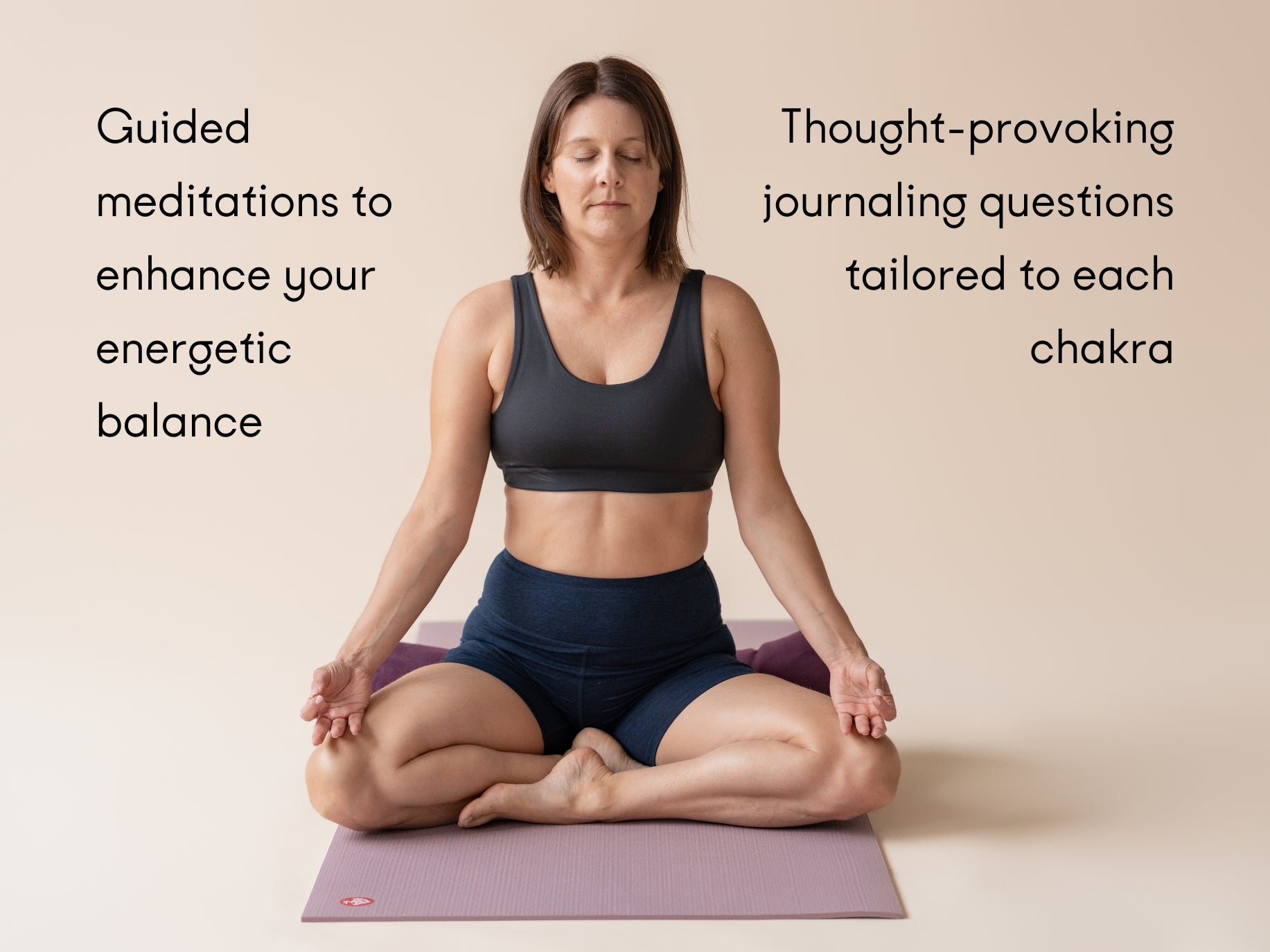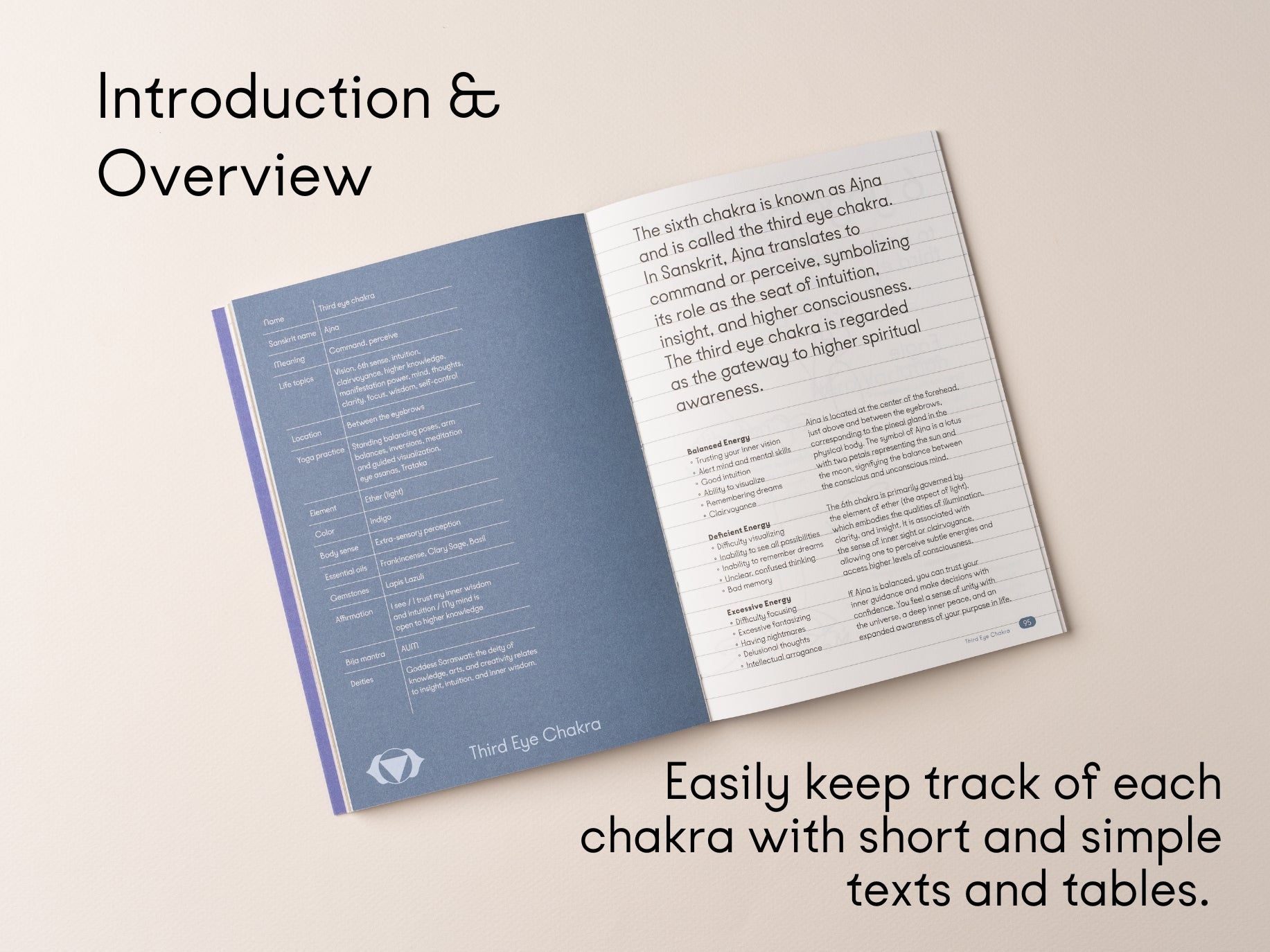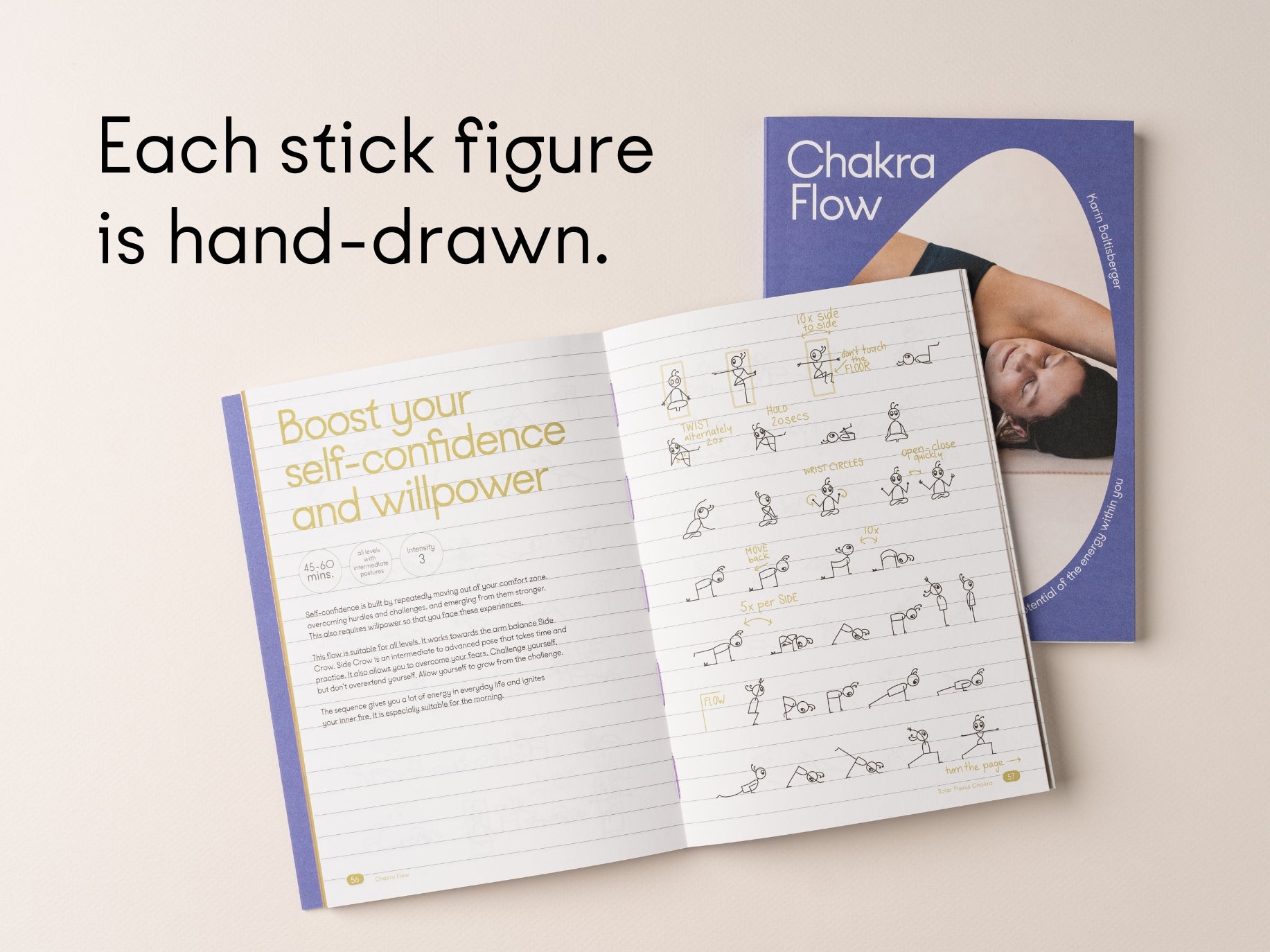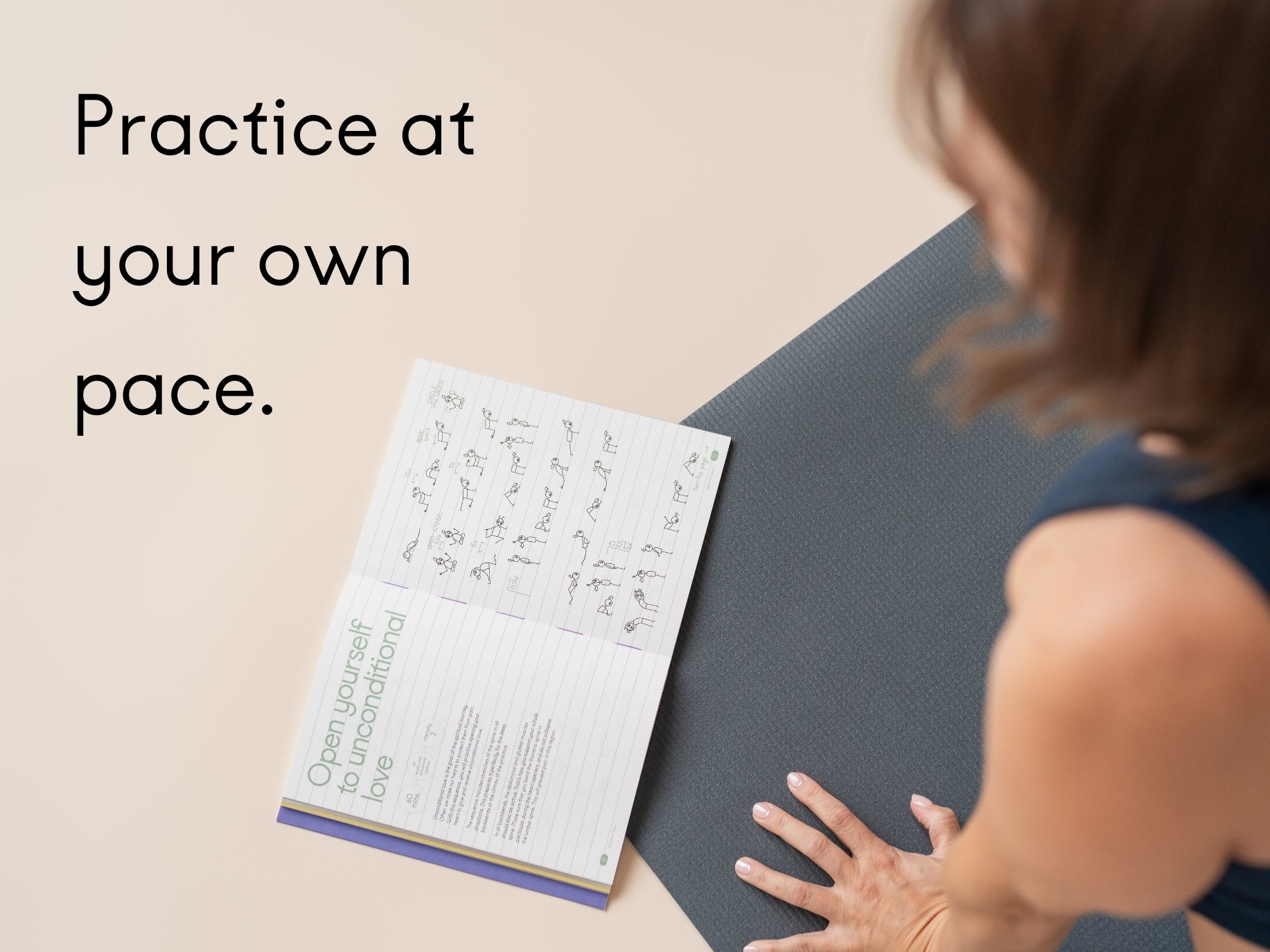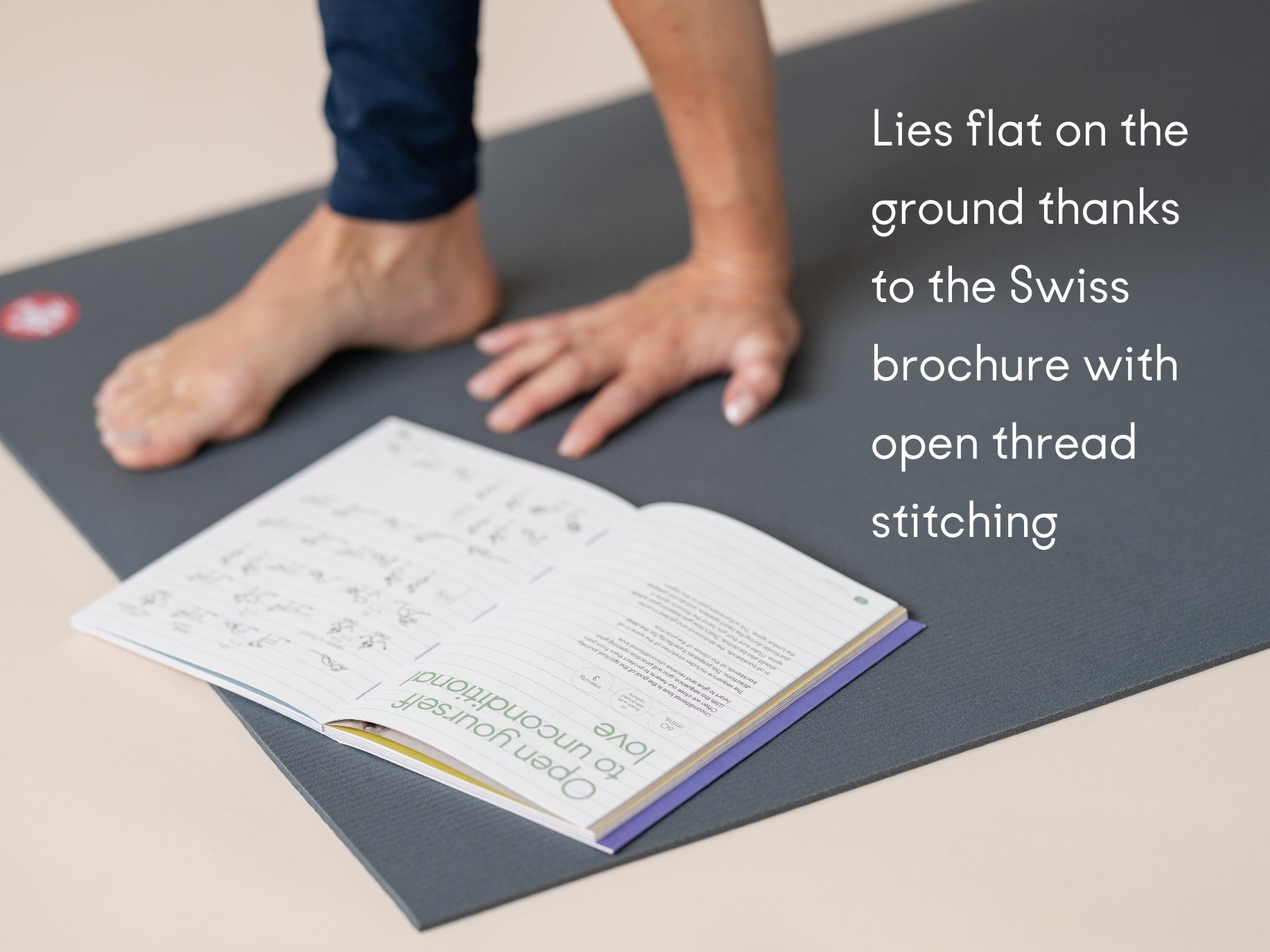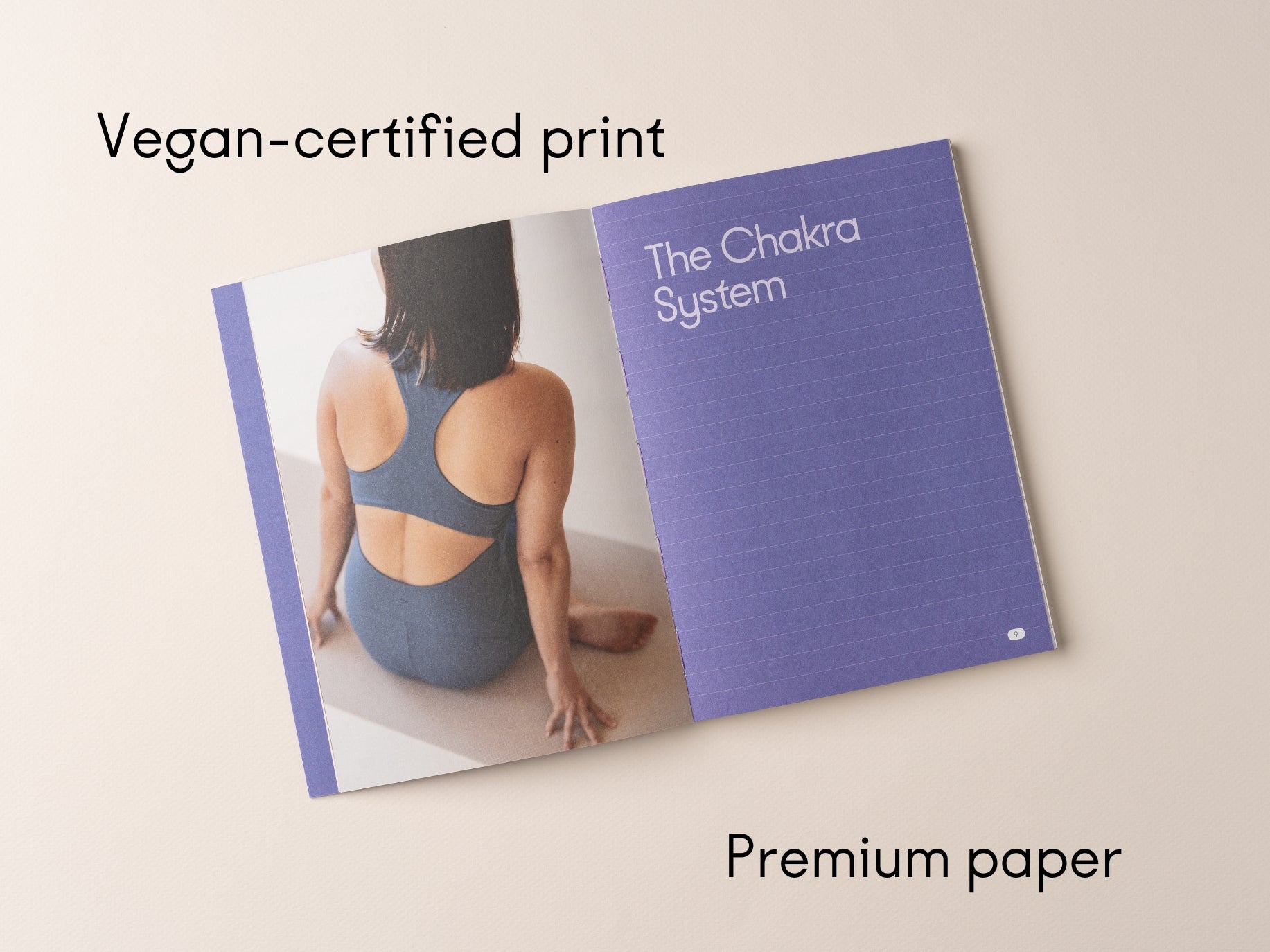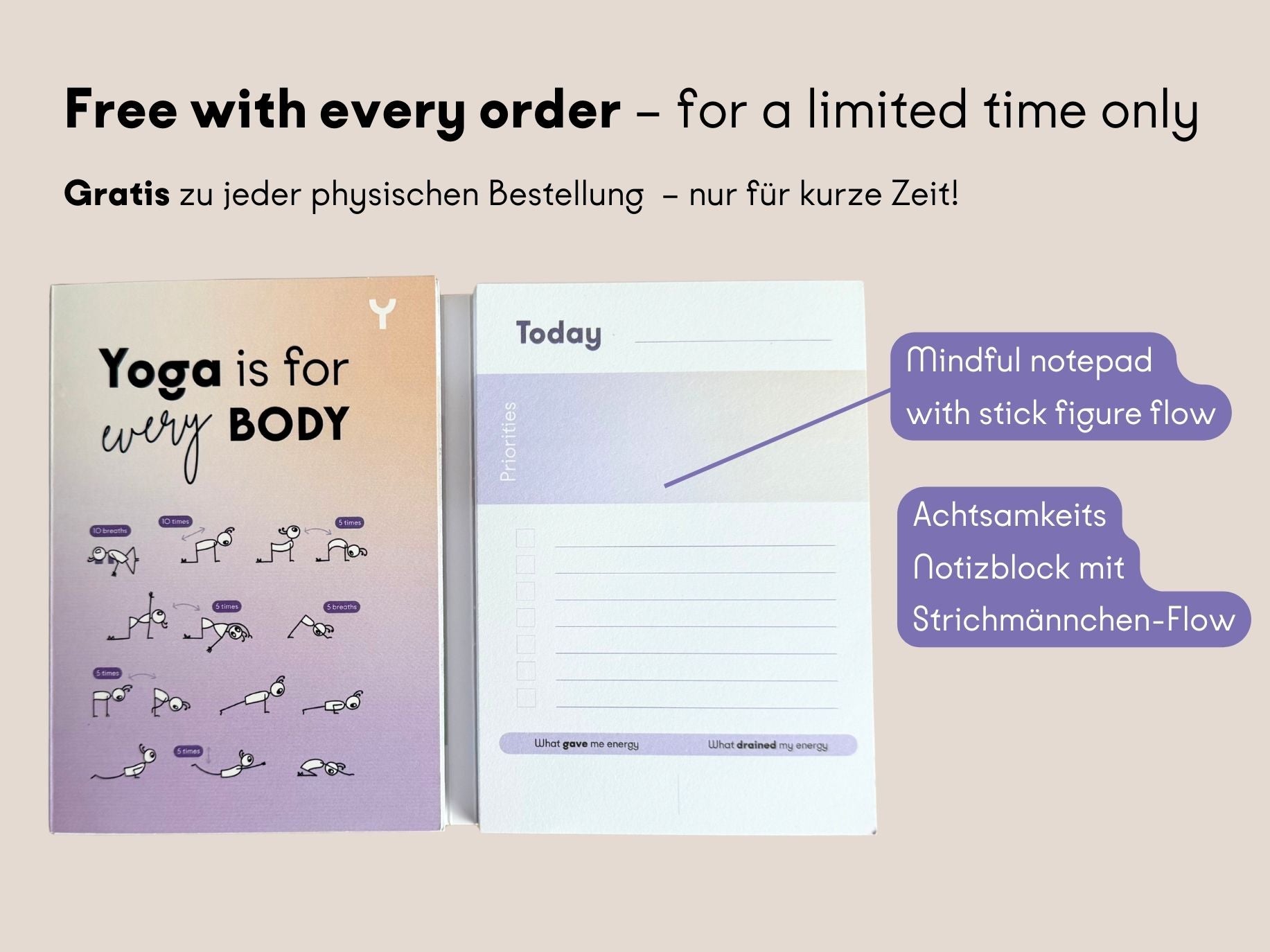So, you hate yoga. Maybe you’ve tried it once, got lost in the sea of confusing poses, and decided it just wasn’t for you. Perhaps you think it’s too slow, too quiet, or just plain boring. If this sounds familiar, you’re not alone. Many people struggle to find their groove with yoga. But what if I told you that yoga could become a beloved part of your routine? Here's how you can shift your mindset and finally make yoga a regular, enjoyable practice in your life.
Understanding the Resistance
Before diving into how to change your mindset, it's essential to understand why you dislike yoga. Here are some common reasons:
- It's Too Slow or Boring: If you're used to high-energy workouts, yoga might seem uneventful.
- Flexibility Issues: You might feel uncomfortable or self-conscious about your flexibility.
- Mind Wandering: Staying focused and present during a yoga session can be challenging.
- Preconceived Notions: Perhaps you have stereotypes about yoga being only for a certain type of person.
The Mindset Shift: From Hate to Acceptance
Changing your mindset towards yoga involves a few key steps:
1. Reframe Your Expectations
Yoga isn’t just about flexibility or achieving perfect poses. It’s about connecting with your body, improving your mental health, and finding a moment of peace in a busy world. Start by redefining what success looks like in your yoga practice. Success can be feeling a bit more relaxed, having a moment of stillness, or simply showing up on your mat.
2. Find the Right Style
Yoga comes in many forms. If you’ve tried one style and didn’t like it, another might be more suitable. Here are a few to consider:
- Hatha Yoga: Great for beginners, focusing on basic poses and breathing techniques.
- Vinyasa Yoga: A more dynamic style that links movement with breath, offering a more active workout.
- Yin Yoga: A slow-paced style with deep stretching, perfect for stress relief.
- Power Yoga: A vigorous, fitness-based approach to vinyasa-style yoga.
Experiment with different styles until you find one that resonates with you.
3. Start Small and Build Gradually
You don’t have to commit to hour-long sessions right away. Start with short, manageable sessions of 10-15 minutes. As you become more comfortable, gradually increase the duration.
4. Use Technology
There are numerous apps and online platforms offering guided yoga sessions for all levels. Platforms like Yoga with Adriene on YouTube or apps like Down Dog can provide structure and variety, making it easier to stay committed.
5. Focus on the Benefits
Yoga offers a myriad of benefits beyond physical fitness:
- Stress Reduction: Yoga’s focus on breathing and meditation helps reduce stress and anxiety.
- Improved Sleep: Regular practice can enhance the quality of your sleep.
- Increased Strength and Flexibility: Over time, yoga helps in building strength and flexibility.
- Enhanced Mental Clarity: The mindfulness aspect of yoga can improve your focus and clarity.
Remind yourself of these benefits, especially on days when motivation is low.
6. Be Kind to Yourself
Yoga is a personal journey, not a competition. It’s okay if you can’t touch your toes or hold a pose perfectly. The goal is to listen to your body and progress at your own pace. Celebrate small victories and be patient with yourself.
Practical Tips for Getting Started
- Set a Routine: Incorporate yoga into your daily or weekly routine at a time that works best for you.
- Create a Dedicated Space: Find a quiet, comfortable spot in your home where you can practice without interruptions.
- Join a Community: Consider joining a yoga class or community group. Sharing the experience with others can be motivating and enriching.
- Invest in the Right Gear: Comfortable clothing and a good quality yoga mat can make a big difference in your practice.
Conclusion
Transitioning from hating yoga to embracing it as a regular practice requires a shift in mindset and a willingness to experiment. By reframing your expectations, finding the right style, starting small, and focusing on the benefits, you can transform your yoga experience. Remember, yoga is a journey of self-discovery and growth. Give it time, be patient, and allow yourself to enjoy the process. You might just find that yoga becomes not only a routine but a cherished part of your life.

